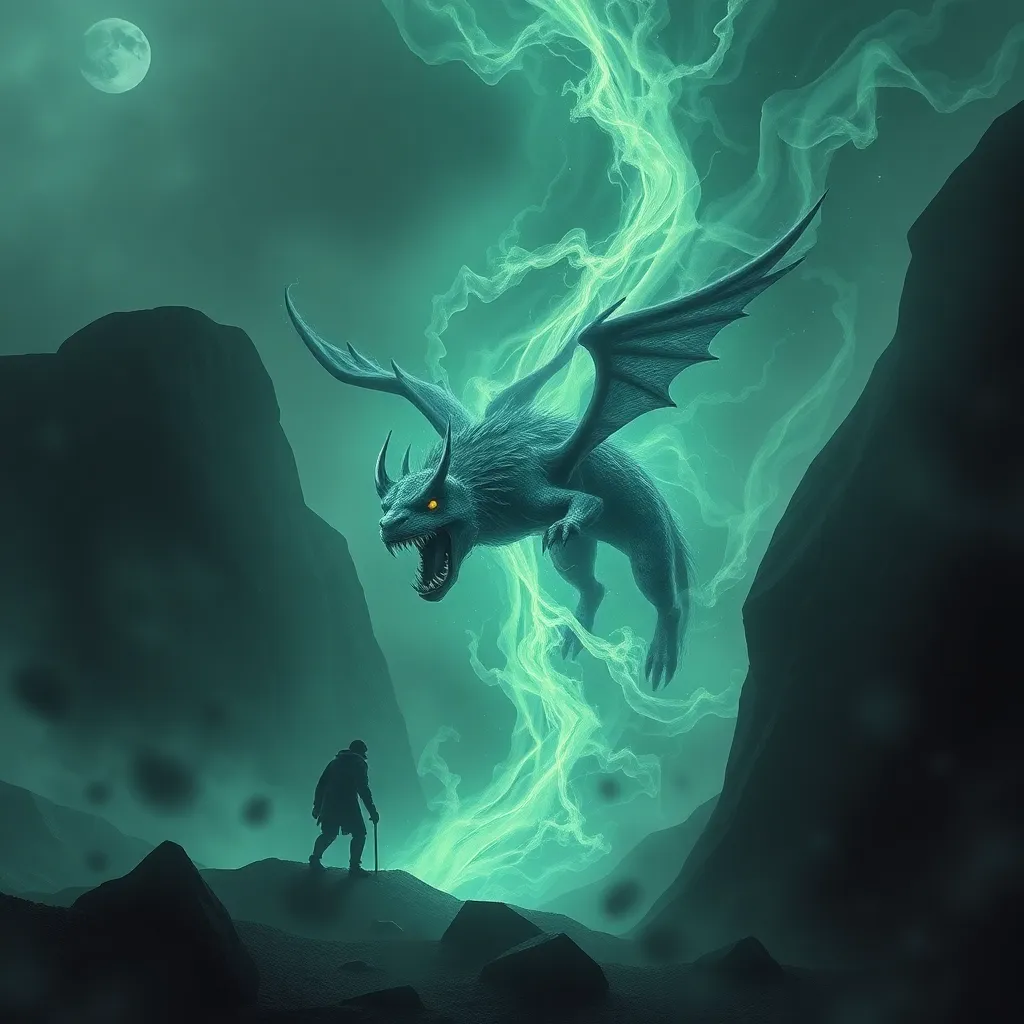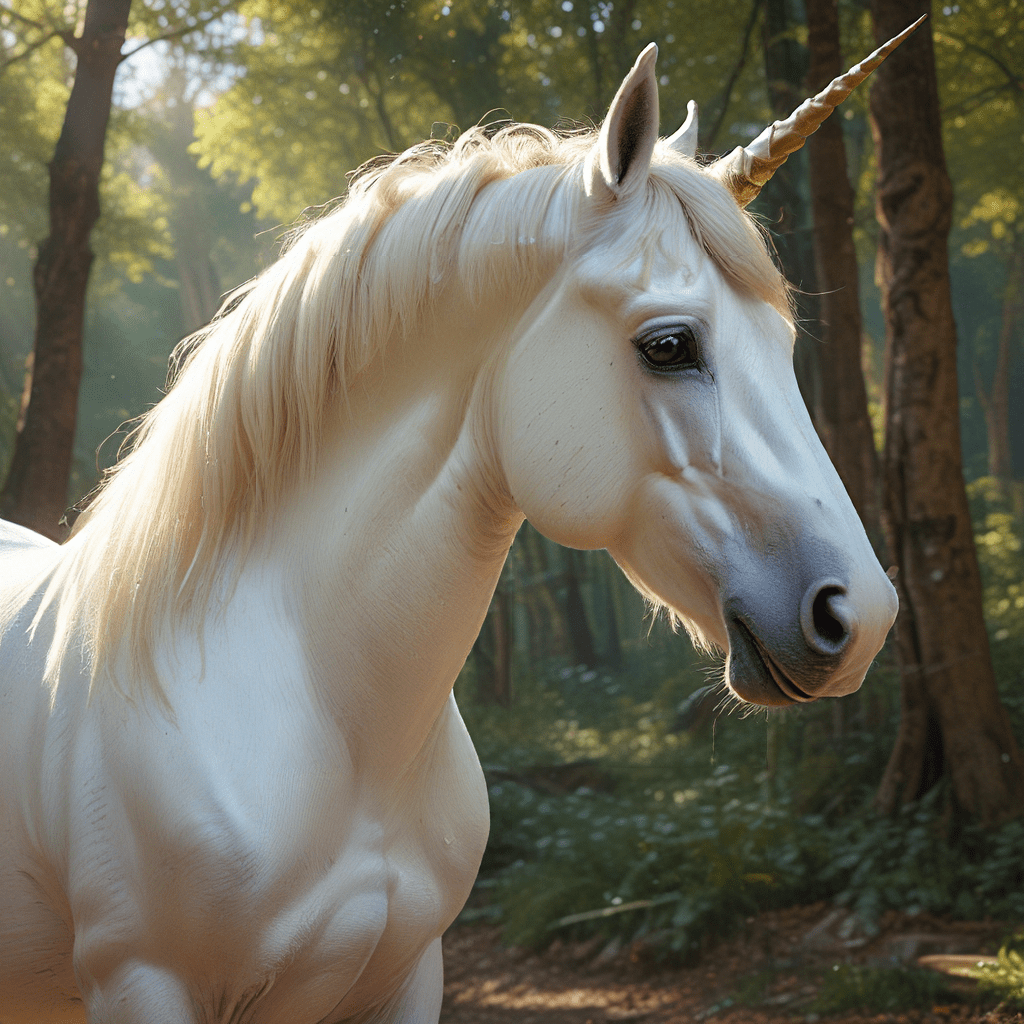The Chupacabra as a Tool for Understanding: Exploring the Myth’s Value in Understanding Culture and Belief
I. Introduction
The Chupacabra, a creature often described as a blood-sucking beast, has captured the imagination of many since its emergence in popular culture. Defined colloquially as “goat-sucker” in Spanish, the Chupacabra’s origins can be traced back to the late 20th century, specifically the 1990s in Puerto Rico. The purpose of this article is to examine the cultural significance of the Chupacabra and delve into how this myth provides insights into the beliefs and values of the communities that embrace it.
II. Historical Context of the Chupacabra Legend
The Chupacabra legend first gained notoriety in the mid-1990s when livestock, particularly goats, were found drained of blood in Puerto Rico. Witnesses began reporting sightings of a strange creature, leading to a widespread panic that gripped the island.
A. Emergence of the Chupacabra in the 1990s
The initial reports described the Chupacabra as a small, reptilian creature with spikes along its back. As more accounts emerged, the descriptions began to vary, giving rise to different interpretations of the creature.
B. Geographical regions associated with the myth
- Puerto Rico – the birthplace of the legend
- Southern United States – reports from Texas and other states
- Latin America – sightings in countries like Mexico and Chile
C. Evolution of the narrative over time
Over the years, the narrative surrounding the Chupacabra has evolved significantly. From initial reports of a monstrous beast, the story has morphed into a more varied tapestry of myths, including different interpretations of its appearance and nature, reflecting the cultural contexts in which it is told.
III. The Chupacabra in Popular Culture
The Chupacabra has permeated popular culture in various forms, influencing media, literature, and art.
A. Representation in media and literature
The creature has appeared in numerous films, television shows, and books, often portrayed as a terrifying monster. Examples include:
- Documentaries exploring the Chupacabra phenomenon
- Fictional works that incorporate the creature into their narratives
- Television series that feature cryptozoological themes
B. Impact on folklore and storytelling
The Chupacabra has revitalized interest in folklore, prompting a resurgence in storytelling that blends traditional narratives with contemporary fears and issues.
C. The Chupacabra as a symbol in popular culture
Beyond its role as a monster, the Chupacabra has become a symbol of fear and the unknown, often used to comment on societal issues such as immigration and environmental concerns.
IV. Psychological and Sociological Perspectives
The Chupacabra serves as a fascinating case study for psychological and sociological analysis, reflecting deeper fears and social dynamics.
A. Fear and anxiety in the face of the unknown
The legend embodies the fear of the unknown, particularly in rural communities where livestock predation can have significant economic repercussions.
B. The role of the Chupacabra in community bonding and identity
Sharing stories about the Chupacabra can strengthen community ties, as individuals come together to discuss their experiences and fears, creating a shared identity around the myth.
C. Myths as reflections of societal issues
Myths like the Chupacabra often reflect real societal anxieties, including concerns about crime, economic instability, and environmental changes. The Chupacabra, in this sense, can be viewed as a metaphor for deeper cultural fears.
V. The Chupacabra and Cultural Belief Systems
Examining the Chupacabra provides insight into the belief systems that shape culture and identity.
A. Examination of belief in supernatural creatures
The belief in the Chupacabra illustrates how communities ascribe meaning to unexplained phenomena, often filling the gaps of understanding with supernatural explanations.
B. The intersection of cultural identity and myth-making
For many Hispanic communities, the Chupacabra is intertwined with cultural identity, representing a unique blend of folklore and contemporary experience.
C. Comparative analysis with other cultural myths
Similar to other mythical creatures around the world, the Chupacabra can be compared to legends such as Bigfoot in North America or the Loch Ness Monster in Scotland, each reflecting the cultural context from which they arise.
VI. The Role of the Internet and Social Media
The rise of digital platforms has significantly impacted the propagation of the Chupacabra myth.
A. How digital platforms shape and spread the Chupacabra myth
Social media allows for rapid dissemination of Chupacabra sightings and stories, creating a virtual community of believers and skeptics alike.
B. The influence of memes and virality on belief
Memes have played a crucial role in shaping perceptions of the Chupacabra, often blending humor with the myth, which influences how people engage with the legend.
C. Community engagement and myth perpetuation online
Online forums and social media groups dedicated to discussing the Chupacabra foster a sense of community and allow for ongoing myth-making and reinterpretation.
VII. The Chupacabra as a Case Study in Myth and Reality
The Chupacabra raises important questions about the relationship between myth and reality.
A. The line between myth and reality in cultural narratives
As the Chupacabra legend evolves, distinguishing fact from fiction becomes increasingly complex, illustrating how myths can shape perceptions of reality.
B. Scientific examination of reported sightings and claims
Scientific investigations into Chupacabra sightings often reveal more plausible explanations, such as misidentified animals suffering from disease, challenging the narrative established by folklore.
C. The importance of critical thinking in myth interpretation
Engaging critically with the Chupacabra myth encourages individuals to question the nature of belief and the sources of information that shape their understanding of the world.
VIII. Conclusion
In summary, the Chupacabra serves as a powerful cultural symbol, reflecting fears, identities, and societal issues. Its continuing relevance in contemporary discourse highlights the importance of myths in understanding human beliefs and experiences. As a lens through which we can examine broader cultural themes, the Chupacabra invites ongoing exploration and critical engagement with the narratives that shape our lives.



